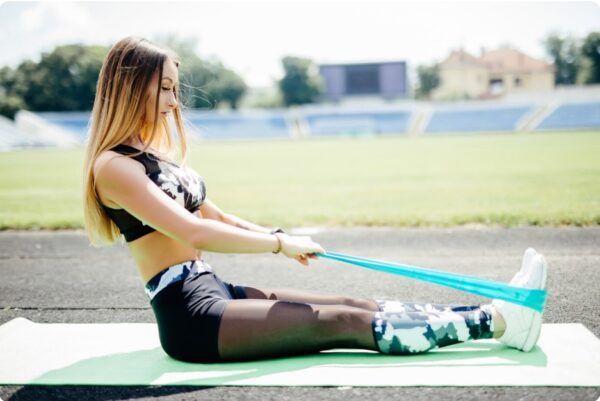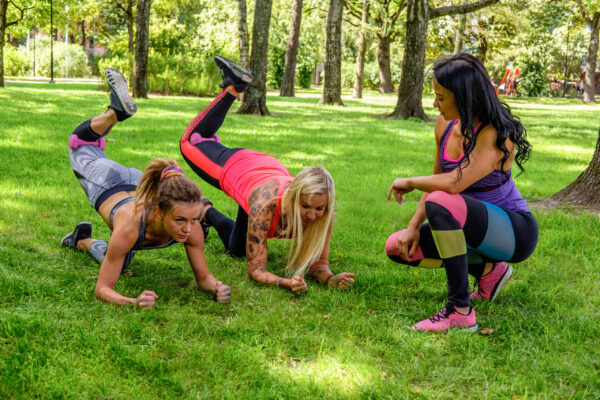You don’t have to run every day to become a better runner. Practical cross training can be your secret weapon for building strength, preventing injury, and staying motivated throughout your training. This post explores how to integrate smart cross-training into your routine, highlighting activities that support endurance without adding extra pounding to your joints. Whether you’re recovering, building an aerobic base, or avoiding burnout, practical cross-training keeps you moving strong and injury-free.

🏃 What Is Practical Cross Training For Runners?
Cross training means engaging in a variety of activities to support your main sport—in this case, running. However, practical cross-training for runners goes beyond mixing things up for fun. It focuses on purposeful movement that improves your endurance, strength, balance, and injury resilience without excessive pounding on your joints.
For many runners, the idea of skipping a run for a bike ride or yoga session feels like cheating. But here’s the truth: smart cross training enhances your running, both mentally and physically. Especially during recovery days, injury rehab, or when you’re building your aerobic base.
🎯 See The Workouts I Actually Do –Marathon Training Buddy on YouTube.
💪 Benefit #1: Boost Strength Without the Miles
One of the biggest benefits of cross training is that it strengthens the muscles running sometimes skips. Think glutes, hamstrings, calves, and core. These muscle groups support posture and propulsion—but they can become underdeveloped if all your movement is in the same, forward-focused motion.
Practical strength training, such as bodyweight squats, lunges, medicine ball or resistance-band exercises, helps you power up hills and maintain form during long races. Cross training allows you to strengthen your running engine without adding more miles to your legs.

🧘 Benefit #2: Reduce the Risk of Injury
Running is repetitive. Every stride places load on the same joints, tendons, and muscles. Over time, this creates wear and tear—especially when training ramps up. Cross training breaks that pattern.
Cycling, yoga, and elliptical workouts provide cardiovascular conditioning without the pounding. By using different movement patterns, you reduce the risk of overuse injuries like shin splints, IT band syndrome, and plantar fasciitis.
But in particular, swimming is an excellent form of cross-training for runners that can improve your running performance and overall fitness. It is a non-weight-bearing sport. This means that the body is not burdened by its own weight, as in other sports such as running.
It is therefore a gentle form of exercise that strengthens many muscle groups, improves fitness, and increases flexibility, while preventing injuries.
Adding just one or two cross training days per week can be the difference between running strong all season—or sitting out with an injury.

🚲 Benefit #3: Build Endurance Without Mental Burnout
Let’s be honest—some training weeks are tough. Long runs feel endless, intervals feel punishing, and your motivation takes a hit. Cross training offers an emotional reset. The shift in scenery, the rhythm of the pedals, or the flow of a yoga class can help you rediscover your motivation.
Endurance isn’t only about aerobic fitness. It’s also about showing up with a mindset that’s ready to go. Cross training helps you mentally recharge while still moving your body in ways that support your goals.

🧠 Benefit #4: Improve Neuromuscular Coordination
Every activity you do challenges your body in a slightly different way. For example, balance-focused training like trail hiking, core workouts, or Pilates strengthens the connection between your brain and muscles. This neuromuscular coordination makes you more agile, stable, and efficient on your feet.
That matters when you’re running tired, navigating uneven ground, or sprinting to the finish. Cross training hones your overall athleticism—helping you become not just a better runner, but a stronger, more capable human being.

🧊 Benefit #5: Support Recovery and Longevity
If you’ve ever tried to “push through” fatigue or minor pain, you’re not alone. But the body needs variety to recover well. Active recovery days—like swimming, walking, or light yoga—stimulate blood flow, reduce soreness, and promote healing.
Long-term success in running isn’t just about pushing limits. It’s about finding rhythms that allow you to stay in the game for years. Practical cross training gives your body the break it needs without sacrificing your conditioning.
Many seasoned runners find that cross training keeps them healthy and consistent—even into their 50s, 60s, and beyond.

🔥 Benefit #6: Discover New Joys in Movement
This is a benefit we often overlook: movement can be fun again.
Runners sometimes fall into a love-hate cycle with training. But learning to enjoy an outdoor bootcamp exercise class, paddleboarding, or even a casual game of soccer with friends can reignite your sense of play. These activities might not be “training” in the strictest sense—but they keep you moving, joyful, and mentally fresh.
Cross training expands your identity beyond a runner. You become a mover. An athlete. Someone who enjoys their body in more than one way.
And that, in the long run, is what keeps you going.

🛠️ How To Integrate Practical Cross Training Into Your Week
The key is to make cross training fit your life, not complicate it. Here’s a simple weekly structure for beginners or intermediate runners:
-
2–3 running days (interval, long run, easy)
-
1–2 cross training days (strength, cycling, swimming)
-
1 recovery/active day (yoga, walking)
-
1 rest day (complete rest)
Choose activities that support your current training phase. If you’re building mileage, focus on low-impact cardio like the elliptical or aqua jogging. If you’re tapering, use light strength sessions and yoga to stay mobile. Keep it adaptable.
🏁 Final Thoughts: The Runner Who Trains Smart Wins
You don’t have to run more to run better.
Cross training isn’t a backup plan—it’s a performance strategy. By integrating practical movement into your week, you build a more resilient body, reduce injury risk, and fall back in love with the process.
So the next time you think, “I should be running,” ask yourself this instead:
“What can I do today to support my running journey for the long haul?”

🧡 Summary Quote:
“Strong runners aren’t made from miles alone. They’re built through movement, intention, and rest.”
💡 FAQ: Practical Cross Training for Runners
Q: Can cross training replace a run in my plan?
A: Yes, especially when you need recovery or are managing an injury. Choose a low-impact option like cycling or swimming.
Q: How many days should I cross train per week?
A: 1–2 days is ideal for most runners. The key is quality, not quantity.
Q: What’s the best cross training for marathon runners?
A: Low-impact cardio (bike, elliptical), strength training, and mobility work (yoga/Pilates) support endurance without overloading joints.
💬 Share your motivation with other runners
Cross training isn’t just about switching it up—it’s about staying strong, healthy, and inspired as a runner. Have you experienced the benefits of practical cross training? Or are you ready to give it a try? Share your thoughts in the comments—and if you know someone who could use a new spark in their running routine, feel free to pass this post along 💛
Run strong—and remember, you don’t have to run every day to become a better runner.





